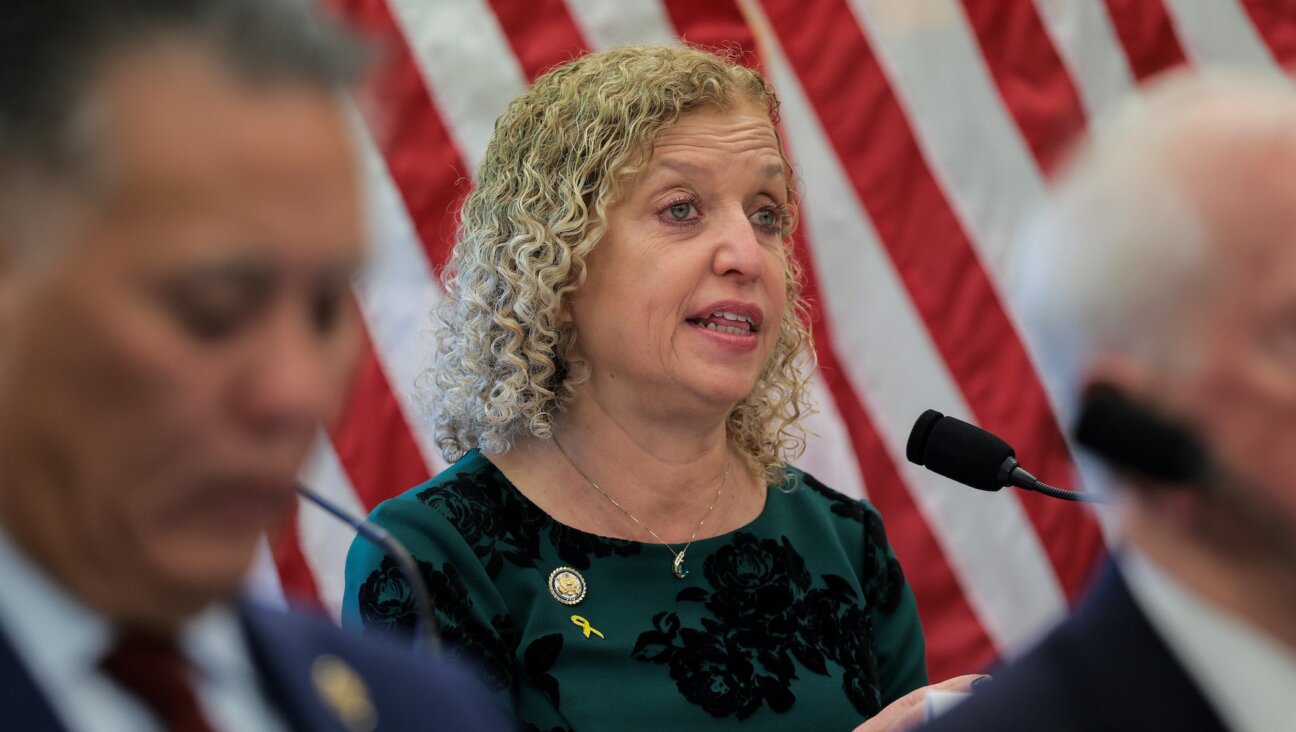Ben Bernanke Smooths Path for Soon-To-Be Fed Chair Janet Yellen

Image by getty images
By ensuring the Federal Reserve begins trimming its massive bond-buying stimulus before a more hawkish contingent of voters comes on board next year, Fed Chairman Ben Bernanke has greased the skids politically for his successor, Janet Yellen.
The U.S. central bank’s decision on Wednesday to begin to cut the pace of its monthly purchases by $10 billion, to $75 billion, gave the Fed’s bond-buying skeptics what they wanted: a roadmap out of a policy they felt risked fueling future inflation.
Barring an unexpected downturn, Bernanke told reporters at his last news conference as chairman that the central bank would likely end the bond-buying by late 2014.
The delicate policy change effectively shifts the Fed from an era of extraordinary stimulus to one of slowing the money presses and eventually starting to shrink the central bank’s nearly $4 trillion balance sheet.
For Yellen, it could neutralize potential opposition from regional Fed presidents who opposed the stimulus program and who rotate into voting spots on the Fed’s policy panel next year, giving her some breathing room to acclimatize.
“She’ll now have a clean policy slate – she won’t have to worry about making her first policy decision be to taper,” said Millan Mulraine at TD Securities. “It will be a much easier regime for her, because it’s now a matter of steady-as-she-goes policy.”
The Senate is expected to hold a test vote on Friday and a confirmation vote on Jan. 6 to hand Yellen the reins at the Fed after Bernanke’s second four-year term as chairman expires on Jan. 31.
Financial markets, ever sensitive to the utterances of the Fed chief, could be especially jittery as investors get used to Yellen’s style of leadership and communication.
Further complicating things, at least three seats at the seven-member Fed board will need to be filled in the new year, presuming Bernanke steps down when his chairmanship ends, as is widely expected.
Back in May, the mere hint from Bernanke that the central bank could soon start to slow its bond buying sent bonds and stocks into a tailspin. Long-term borrowing costs rose so quickly that the Fed had to put its plan on hold and redouble efforts to convince markets that interest rates would stay low for a long while even if the purchase pace slowed.
This week’s decision reduced such headaches.
“I do think the decision … will help ease the transition for the new chair,” said Jack Ablin, chief investment officer at BMO Private Bank in Chicago. “This was a step in the right direction.”
HAWKS GAIN CLOUT
Dallas Fed President Richard Fisher and Philadelphia Fed chief Charles Plosser rotate into voting slots on the policy-setting Federal Open Market Committee next year.
Both have been vocal opponents of the bond-buying program, and both have a record of expressing their opposition to policies in the form of dissent.
In addition, Cleveland Fed President Sandra Pianalto, who is usually seen as a centrist but who wanted the Fed to scale back its purchases earlier this year, also takes a voting spot. While she has announced plans to step down early in 2014, she has said she will serve until a successor is named.
Admittedly, another vocal hawk – Esther George of the Kansas City Fed – loses her vote, and is replaced by dovish Narayana Kocherlakota of the Minneapolis Fed.
But taken together, the ranks of officials who would prefer to normalize policy sooner rather than later will have their hands strengthened.
They can be counted on to keep the pressure on Yellen to stick to the timetable Bernanke laid out. As long as she does, outright dissent is unlikely.
To have already begun the process of tapering asset purchases “takes the heat and pressure off Yellen as she embarks on her chairmanship,” said Scott Anderson, chief economist at Bank of the West in San Francisco.
POLICY POSTURE
At his news conference, Bernanke emphasized that the decision on bond buying does not mean the Fed is getting close to raising benchmark overnight rates, which it has held near zero since late 2008.
He said the Fed would hold them steady until well after the unemployment rate falls to 6.5 percent. It stood at 7 percent last month. That is especially so, he said, if inflation remains below the Fed’s 2 percent target.
Futures traders took Bernanke at his word, betting there would be no rate hike until the second half of 2015.
It’s a message that Yellen will continue to hammer home.
“I’m sure she agrees that, given increasingly worrisome low inflation numbers, that the Fed needs to maintain an expansionary stance even if it decides to slow down its portfolio expansion,” said Bob Hall, a Stanford economics professor. “It can only help her to have this be the Fed’s posture before she takes over.”
The Fed’s decision to taper has already muted hawkish sentiment, with Kansas City’s George supporting the Fed’s decision after a string of dissents at every other policy meeting this year.
“There was a little bit of a concern that if taper didn’t start, that you could get a little bit of a tense environment as Janet started,” said Carl Tannenbaum, chief economist at Chicago-based Northern Trust.
The more dissents, he said, the less the market may trust that the Fed will stick with its decisions.
For the wind-down of bond-buying to be a success, he said, “there have to be as few surprises as possible.”















